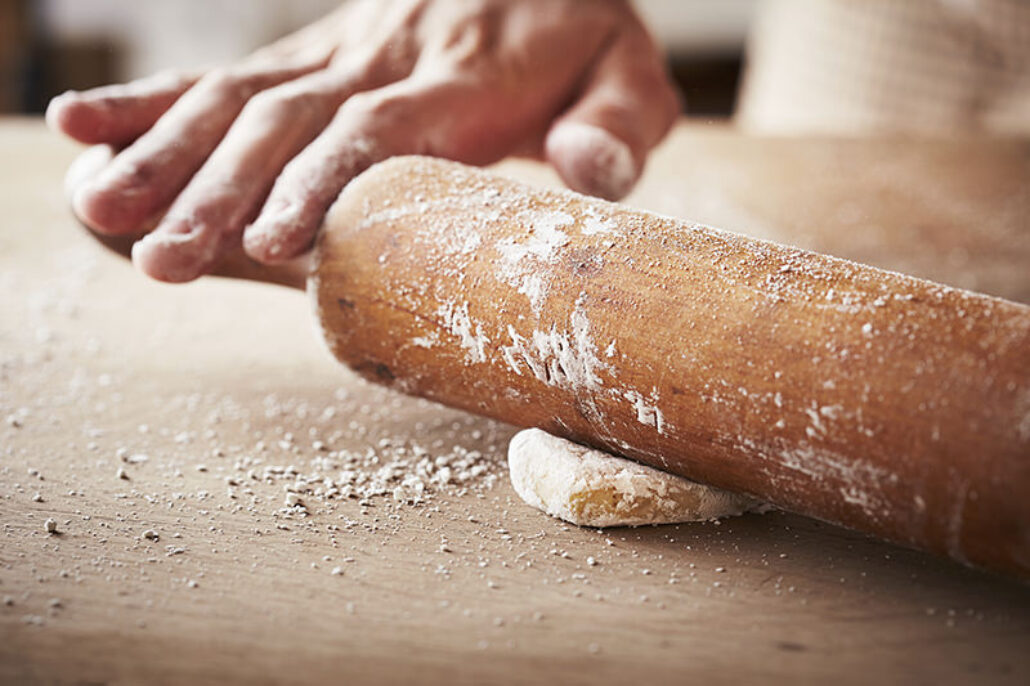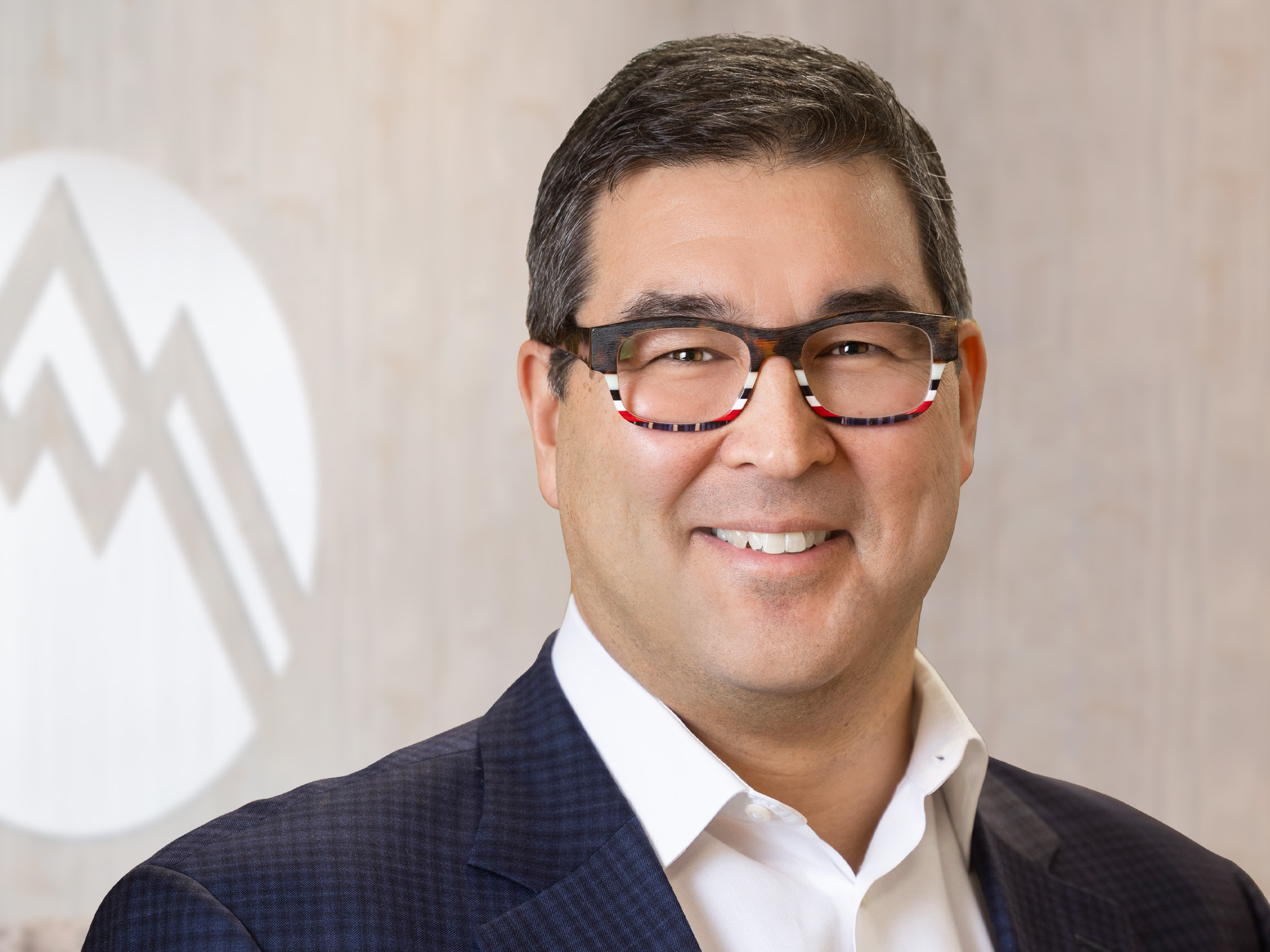Three nerves control our hands. Understanding nerve function can help us distinguish between benign symptoms and signals of nerve damage.
We use our hands to open jars, brush our teeth, tie a child’s shoe, send an email, and perform countless tasks that take us through our day. Because our hands are seldom at rest, it’s no surprise that people commonly experience tingling, numb, or aching hands. Often, these sensations are benign and temporary. But when we experience symptoms that are severe, episodic, or chronic, they may be signs of nerve damage. This article explains nerves in hands, what symptoms to watch out for, and when to see a specialist.
Identifying and diagnosing nerve problems can be tricky. The hand is a complex part of the anatomy, and there are numerous possible causes for nerve damage, including traumatic injury, repetitive stress, infection, toxic exposure, or systemic diseases such as diabetes.
Nerves in hand
Understanding the nerves in our hands is a good first step in evaluating whether hand symptoms might require a doctor’s care. Three nerves control function in our hands: the median, ulnar, and radial nerves. Each of these nerves is responsible for both sensory and motor function in different parts of the hand.
- The median nerve. This nerve originates at the shoulder, and controls the muscles we need to perform fine precision hand movements and pinching functions. The median nerve is the only nerve that enters the hand through the carpal tunnel; a spaced formed by the carpal bones of the wrist. This nerve controls sensation in the thumb, index finger, middle finger, and one side of the ring finger.
- The ulnar nerve. The ulnar nerve runs through the arm into the hand and is the largest unprotected nerve in the human body. It connects to the little finger and adjacent side of the ring finger of the hand, providing sensation on the palm side of the hand. The ulnar nerve enables us to grasp objects. It travels along the elbow, between the bone and overlying skin at the cubital tunnel. When we bump our “funny bone,” the painful sensation we feel comes from impact against this nerve. The ulnar nerve enters the palm of the hand through the Guyon’s canal.
- The radial nerve. This nerve runs through the arm and controls our ability to extend our wrist and control the position of our hand. It also provides sensory feedback from the back of the little finger and adjacent half of the ring finger.
Summit Orthopedics provides personalized hand and wrist expertise
The function of our hands is integrated through our wrists and arms to our shoulders; a problem anywhere along our arm may have a significant impact on hand function and quality of life. If you experience an injury or uncomfortable symptoms, our fellowship-trained hand and wrist surgeons are here to help. Summit physicians receive the highest levels of training and exclusively provide individualized care for conditions of the hand, wrist, and elbow.
Start your journey to better function and less pain. Find your hand expert, request an appointment online, or call us at (651) 968–5201 to schedule a consultation.
Summit has convenient locations across the Minneapolis-St. Paul metro area, serving Minnesota and western Wisconsin. We have state-of-the-art centers for comprehensive orthopedic care in Eagan, MN, Plymouth, MN, Vadnais Heights, MN, and Woodbury, MN, as well as additional community clinics throughout the metro and southern Minnesota.
Related resources for you
- Check out more on Hand Anatomy
- Ask Dr. Parisi: Questions For Your Hand Surgeon
- Learn about Summit’s Hand Services
- More trusted information on nerves from the American Society for the Surgery of the Hand
- What Is “Avocado Hand”?




